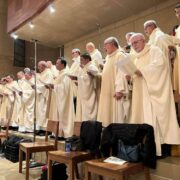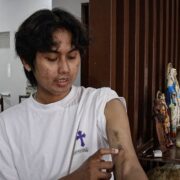Staging solitude: The triumph of ‘Request sa Radyo’
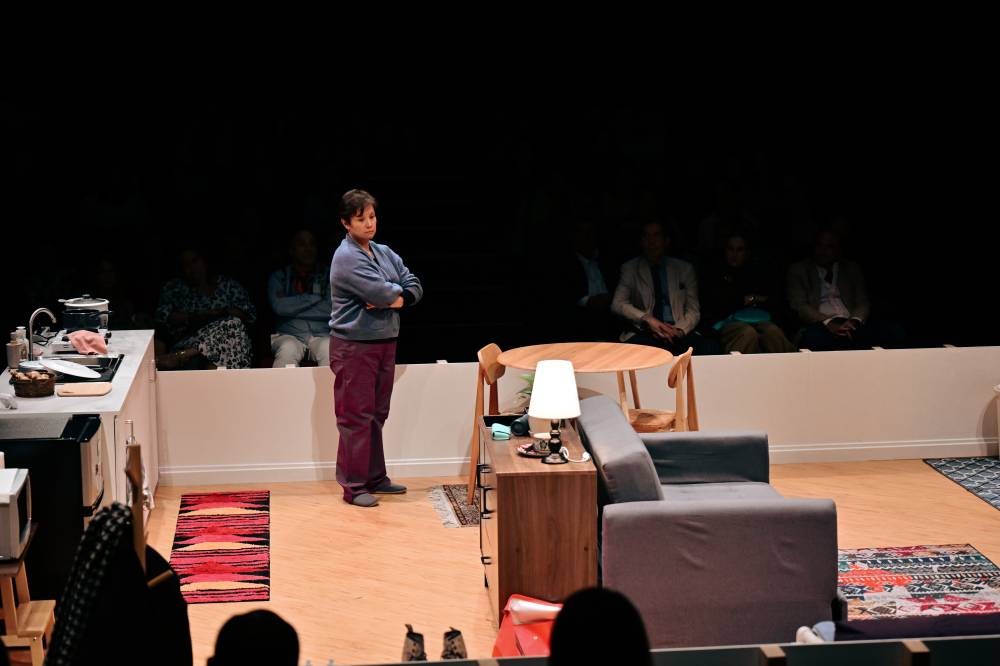
“Request sa Radyo,” a local adaptation of a German monodrama, is a marketing and promotions triumph. For months, Metro Manila buzzed about the reimagined Samsung Performing Arts Theater experience, featuring internationally acclaimed stars and a world-class production team. Postevent stories and social media posts were equally enthusiastic.
Nonetheless, the show lives up to the hype. We attended the preview starring Lea Salonga. Producer and scenographer Clint Ramos had seen Franz Xavier Kroetz’s “Wunschkonzert (Radio Request),” a play about a modest wage earner returning home from work and listening to the radio. In Western society, the solitary life, though common, can be daunting, forcing individuals to confront their feelings. Ramos adapted the play for the Philippine experience, focusing on an OFW in a New York suburb.
Monodramas, plays with a singular character, are ideal for intimate black-box theaters such as PowerMac Center Spotlight. However, staging it in a black box wouldn’t make news. The reconfiguring of the 1,200-capacity Samsung Theater by a Tony-award-winning designer would. Ramos transformed the conventional theater experience into an arena. As you enter, the theater is surrounded by crates, symbolizing the country’s export of caregivers.
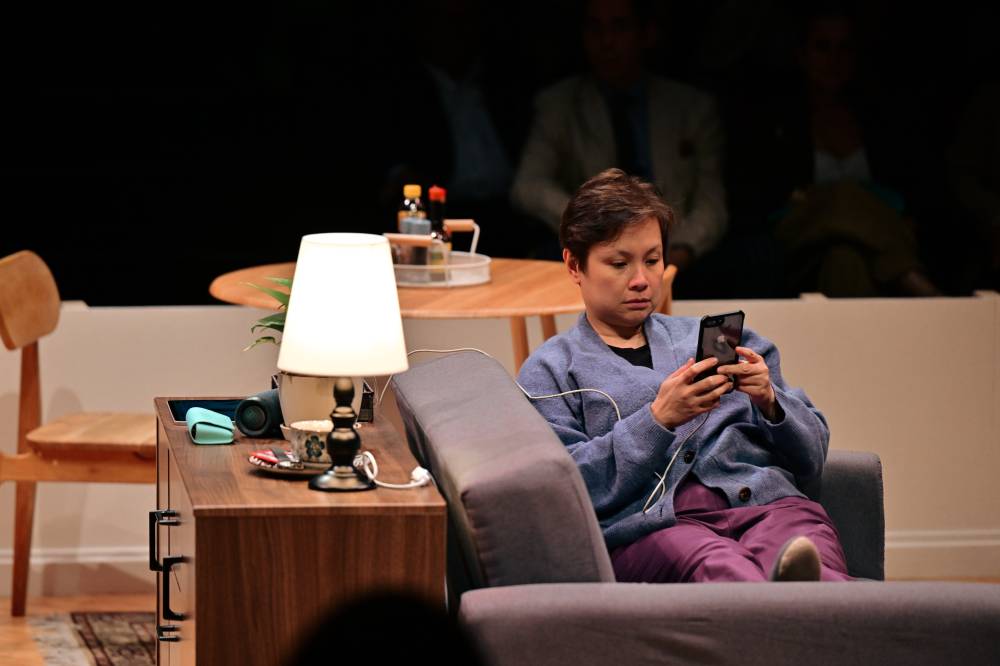
Exportation of human care
Ramos explained that the theater’s architecture remained untouched. “Not a single seat was moved. A section of the performance space literally hovers over five rows of seats beyond the orchestra pit. Every evening, audience members experience an installation that evokes the immense impact of our nation’s exportation of human care—hence the shipping containers piled on each other. The performance space is revealed within this assemblage, punctuated by the human cost of the practice. The audience watches the show from the main stage, erasing the divide between the audience and the performer.”
The center stage is the OFW’s tiny studio, with the kitchen near the door and the toilet conveniently located elsewhere. In this monodrama, the character doesn’t interact with a scene partner but instead relies on props we use daily.
Director Bobby Garcia follows the template: kitchen routine, radio listening, solitary eating, gadget interaction, bathroom rituals, hobbies, dancing, bedtime ritual and the climactic moment. But he adds touches, such as Salonga bringing out her reading glasses and praying before sleep. The radio is the only companion that drowns out the loneliness of silence.
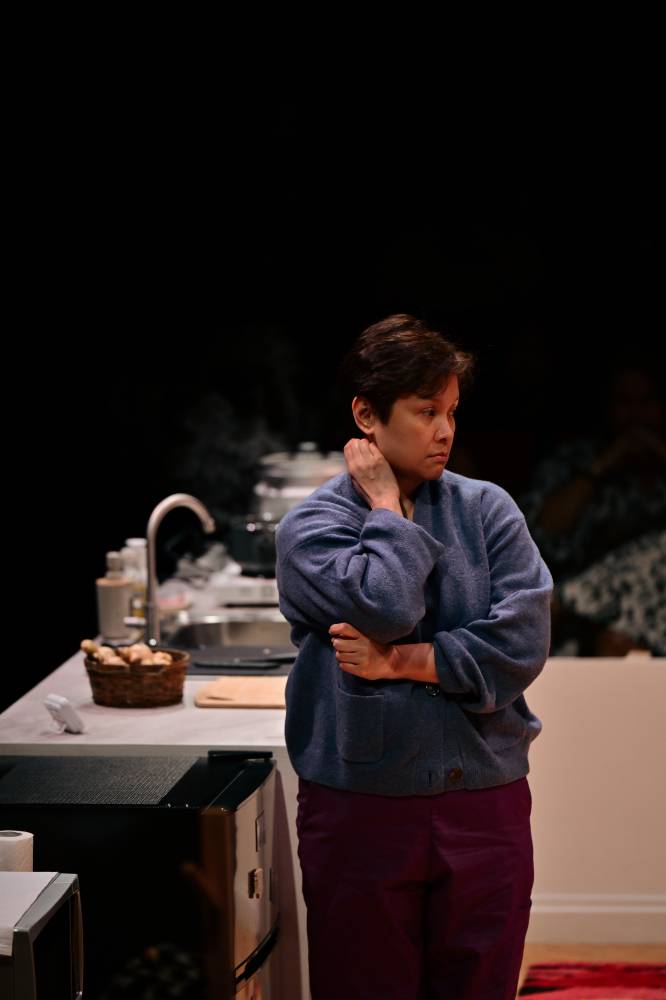
Garcia and Salonga create a dramatic arc, beginning with the noise of train engines grinding to a halt. Salonga, dressed in a cap, puffer jacket and scrub suit, arrives home with a bag of vegetables. She defines her character as a caregiver/healthcare practitioner through her handwashing, meticulous folding of packs and garments, and a clean studio.
Stoic approach
To keep the audience engaged, Salonga varies the pace of her activities. There’s the moderate pace of kitchen work, followed by a quick dinner and cleanup. When her requested Pinoy rock music plays, she bursts into dance and taps her feet while coloring. The radio transitions to a mellow Tagalog pop song, setting the tone for Salonga’s character to wind down.
Just when we think the OFW’s evening prayer and bedtime signal the end, the audience is surprised as she wakes up to take pills and alcohol. Her facial expression is enigmatic, leaving the audience wondering if this is slow suicide or compulsive behavior.
Those familiar with the play will expect a stark portrayal of the mundane, its emptiness weighty and uncomfortable to witness. People who live alone can relate to the poor eating habits of Salonga’s character, letting go of inhibitions through dance, and using pills as an antidote to disrupted sleep.
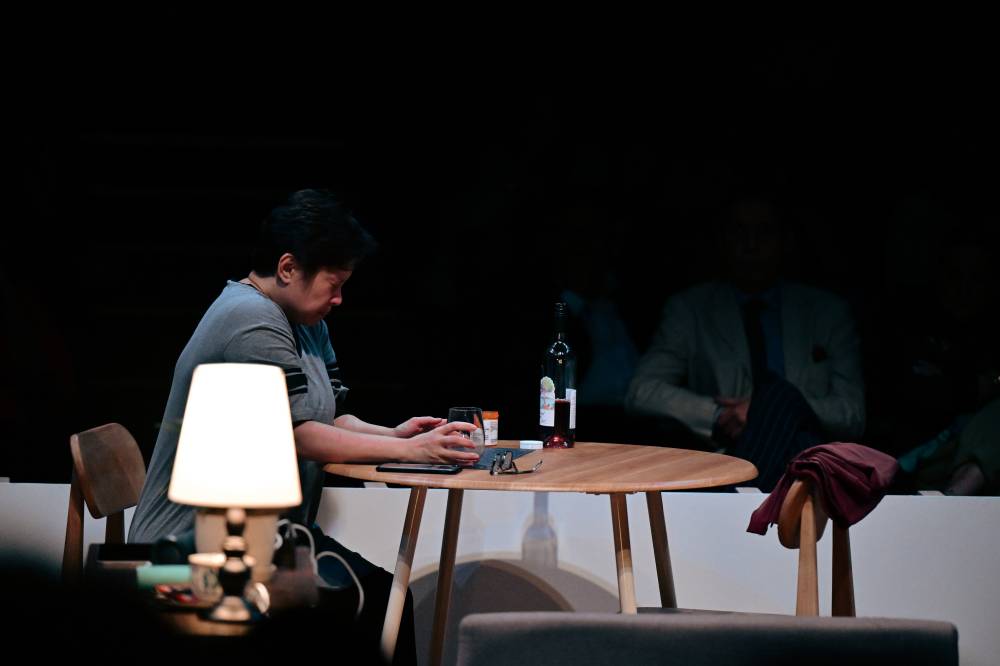
To be realistic, the radio audio should have originated from the set. It’s unclear if the inaudible audio until the volume built up was intentional. In other productions, the radio program influences the character’s actions and engages the audience. Here, the radio’s background noise serves as a substitute companion.
Salonga’s stage presence significantly influences how the audience engages with the performance. The emotional connection to the solitary character can shift toward a voyeuristic interest in observing a deglamorized star performing mundane activities. Salonga’s stoic approach to living solo will appeal to those who dislike melodrama.
A recommendation to watch both shows featuring Salonga and Dolly de Leon to compare their approaches is intriguing. Would we miss out on a significant human experience by seeing only one production? Why don’t musicals and ballets with alternate casts receive similar encouragement?
“Request sa Radyo” runs until Oct. 20 at Samsung Performing Arts Theater. Visit Ticketworld.




